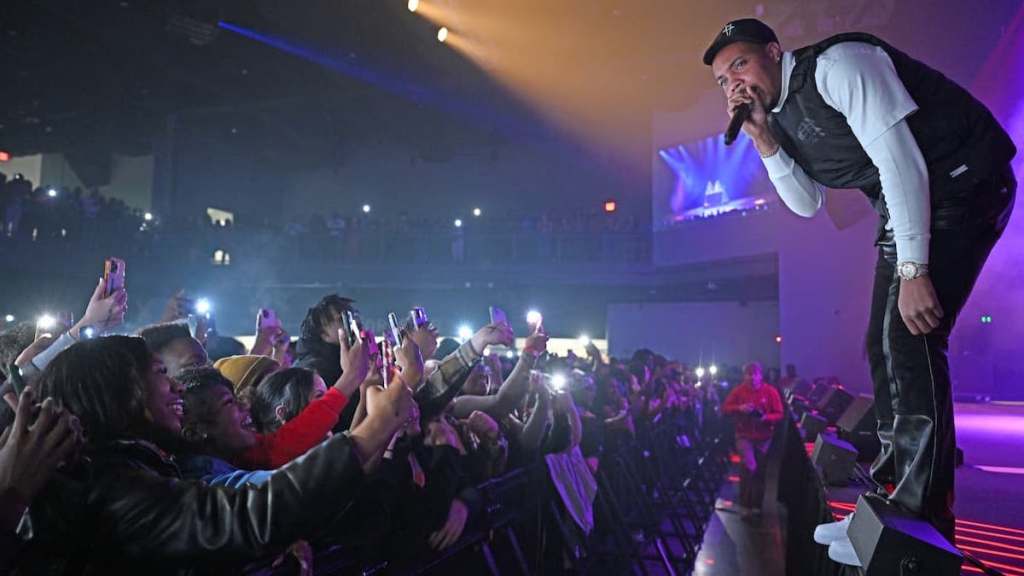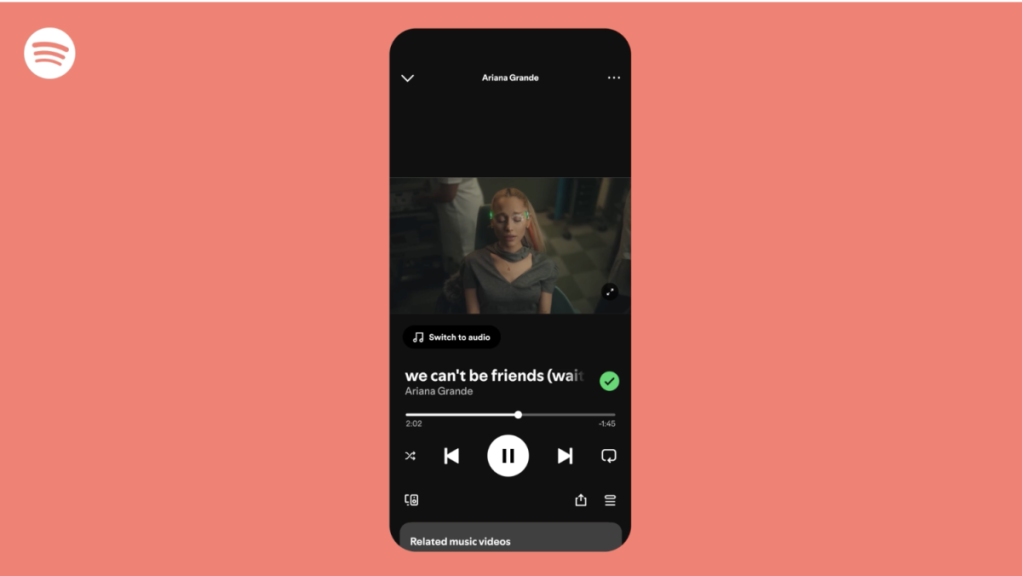Eight years ago, between December 18 and 20, 2008, the neighbourhood Herrgården of Rosengård in Eastern Malmö was struck by what police described as the “most violent riots we had ever encountered.” The disturbance originated in a peaceful occupation of a basement formerly leased by Islamiska Kulturföreningen [The Islamic Culture Association] – a centre for culture, religion and recreation.
The premises – sometimes referred to as “the basement mosque” because of its Friday prayers – could hold about 200 children and teenagers and kept them away from criminality that troubled the area. Similar to many communities built during Sweden’s Million Homes Programme, Herrgården has struggled with segregation, low socioeconomic inhabitants, juvenile crime, and the all accompanying stigma.
Videos by VICE
In 2008, when Islamiska kulturföreningen’s lease wasn’t renewed, the youngsters dug in, upset over losing their youth centre. The occupation attracted a wide range of supporters. When the police came to evict the occupants, three weeks later, they were confronted by about 30 people, many without a previous connection to Islamiska föreningen, such as Anti-Fascist Action (AFA) and other Muslim congregations.
When the police rolled in containers to block off the building, they were attacked with fireworks and rocks. Trashcans and cars were set on fire. Riot police arrived. Protesters made claims of police brutality. The news of unrest in Rosengård spread globally.
Young people from the whole region of Skåne travelled to Malmö to riot. While allegedly using homemade bombs, burning trash cans, and sophisticated rock-throwing tactics to attack the police, AFA put out a statement claiming the conflict consisted of young, engaged Malmö residents acting in self-defence against the police. The riots ended when 200 adults organised by Islamiska kulturföreningen took to the streets to mediate.
Local politicians have since cared more about Rosengård’s precarious neighbourhoods. However, it’s still listed as a “particularly vulnerable area” – characterised by occasional public acts of violence and drug trade, distrust for law enforcement, and occurrences of religious extremism.
I went to Herrgården to find out what it’s like to live and work in there in 2016. Turns out people weren’t that psyched about speaking to a journalist. Still, their reactions aren’t surprising considering what kind of media coverage Rosengård usually receives.
Ammar Daroud, 47, Biomedical Scientist and former Board Member of Islamiska föreningen, organiser of the peace patrol that stopped the riots
“Rosengård used to be called a suburb, which isn’t the case anymore. Politicians and the police are better informed. The trust is greater between people and we have greater mutual respect. From my own perspective as a Muslim, I feel that things are better for us here now.
Before, you didn’t feel like you were being involved in the planning process. Residents weren’t consulted like in other parts of Malmö. There was no political interest to engage the inhabitants and use their competence. In the past, I have personally petitioned politicians with a thousand signatures from concerned residents without getting a meeting. Nobody wanted to talk. That’s discrimination. Now, it’s easy to get a hold of politicians, easy to get attention as an individual and as a group. The cooperation works very well.”
Dilawarkhan Sattar, 16, Student
“I remember the riots. I saw masked guys throwing rocks at the police, and others setting a trash can on fire. It felt strange. I remember my mother being very scared.
When I was five and six years old, Rosengård felt safer. Now when I’m 16, it doesn’t feel as safe – more drugs, more people die here, all kinds of criminality. Where I live, for example, a lot of people are fighting. There are a lot of uniformed and undercover cops around, I see them at night when I’m with my friends. It’s a lot worse to live here now. I wish we would move to somewhere else.”
Karin Kronström, 41, Librarian
“I’ve worked at the Rosengård library for 12 years. The picture painted in 2008 wasn’t good, but it was very distorted. It will probably take many years to wash off, but there are a lot of people here working on it. I haven’t noticed tougher attitudes or growing hostility. Those causing trouble aren’t that many, but they appear on the news and that’s very unfortunate.
The Rosengård library used to be an “immigrant library” – all languages were available here. Now we just focus on our target groups, of which Arabic has grown enormously with the influx of refugees this autumn. We average 1,000 visitors a day. In that way, our workload has increased in past years. We’re supposed to provide something for everybody.”
Margareta Popoola, 64, Associate Professor in International Migration and Ethnic Relations at Malmö University
“When it comes to the riots in 2008, it wasn’t the people who challenged some imaginary state, but mostly teenagers, many of whom weren’t from the area. It was individuals trying to get mass media attention, which they got, and the events were described in a way that didn’t always really correspond to what you experienced if you were there.
Things calmed down in 2009, after a number of riots. Since then, we’ve identified that people are moving from Herrgården to other parts of Rosengård, or to the Southern parts of Malmö. In 2008, when we tried to estimate the state of overcrowding in the area based on data from the landlords, flats appeared to be filled with as many people as possible. A qualified guess of mine is that the overcrowding is considerably worse now than 15 years ago.”
Inci Gicvan, 34, Youth Leader at Tegelhuset, a community centre for young adults
“Rosengård is a label. Even if it’s only a small part of Rosengård that’s problematic, the whole area is associated with it. The good things are rarely brought up. The parents here in Herrgården for example, they’re very engaged and want to be there for their children and neighbours. I think people around here, have always been engaged, but certain things have moved forward – now more people are voting in political elections. Before 2008, there was nothing for the age group 16 to 25. Comprehensive efforts have since been made to increase different age groups’ influence on the area. I think more residents have a stronger sense of being able to change things now.”
More
From VICE
-

Joseph Okpako/Getty Images -

(Photo by Stephen J. Cohen/Getty Images) -

A mysterious Tomb Raider Steam listing update is fueling speculation ahead of the December 11 Game Awards announcement. -

Music video on Spotify – Credit: Spotify